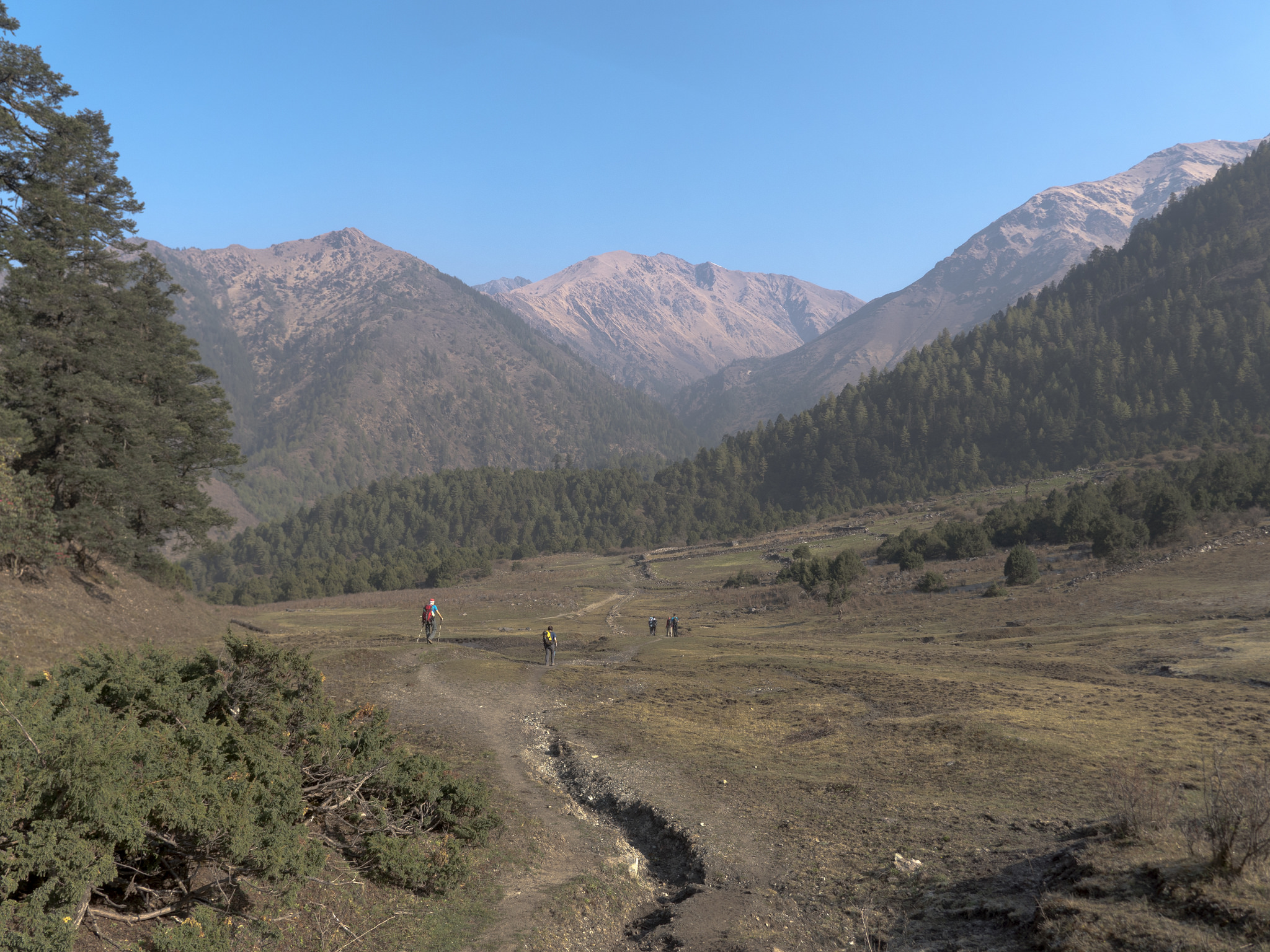Overview
Rolpa district lies in province no 5 and it was the district which was hard hit during the decade long armed insurgency in Nepal. District headquarters Libang lies some 300 km west of Kathmandu. Kham Magars are the major inhabitants of the district followed by other groups like Brahmins, Chettris, Newars and Thakuris. Jaljala is one of the popular destinations with good potentiality of tourism in Nepal.
Short Itinerary
Day 01: Kathmandu-Sulichaur (Drive 12 hrs)
Day 02: Sulichaur-Kotalbara (1606m) – Drive: 4 hrs, Trek 4 hrs
Day 03: Kotalbara- Commune village (2217m) – Walk: 7 hrs
Day 04: Ajambari Commune-Thabang (2000m)
Day 5: Thabang
Day 06: Thabang-Jaljala (3107m) — Walk 6 hrs
Day 07: Jaljala- Dharampani (3600m)- Majhibang (2100m) – 7 hrs
Day 08: Majhibang
Day 09: Majhibang-Jailbang-Sulichaur – Walk: 2 hrs, Drive 4 hrs
Day 10: Sulichaur-Kathmandu
Day 11: Departure
